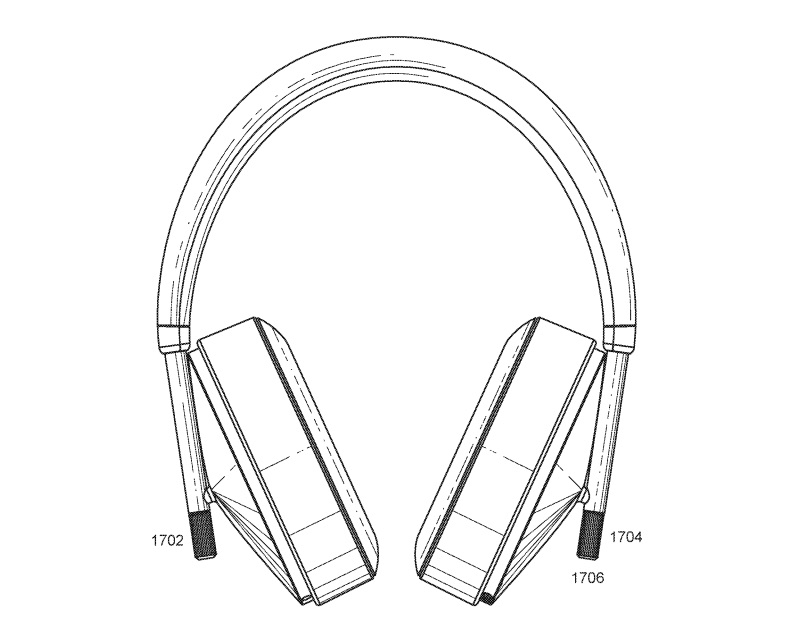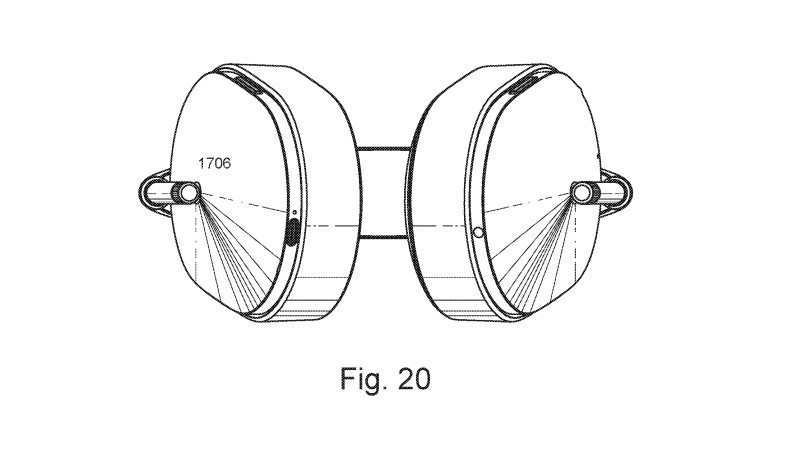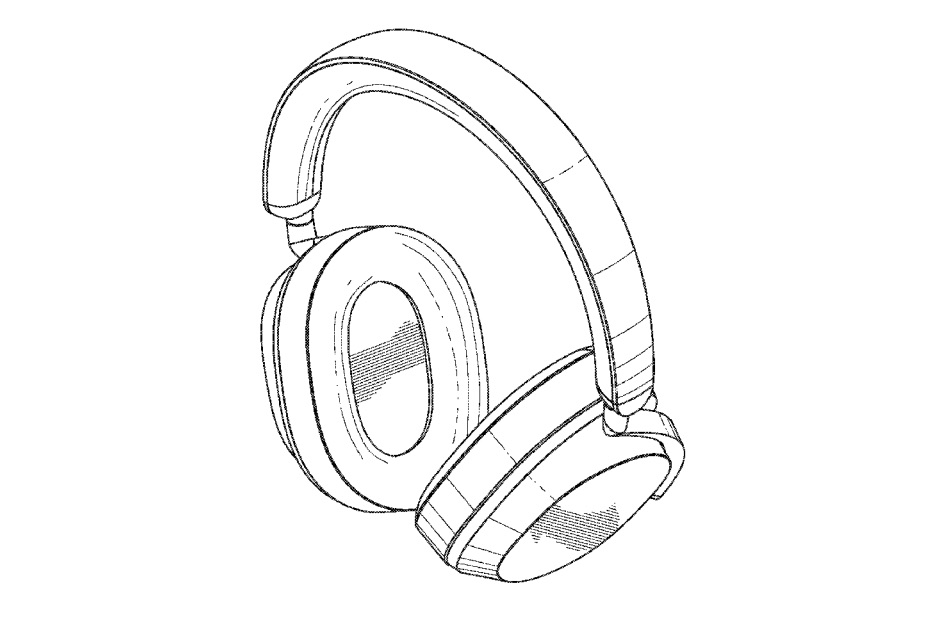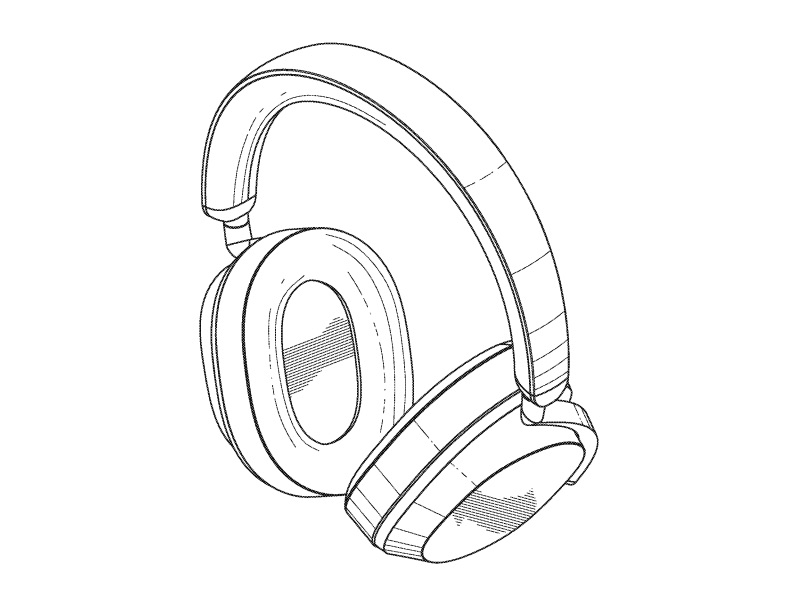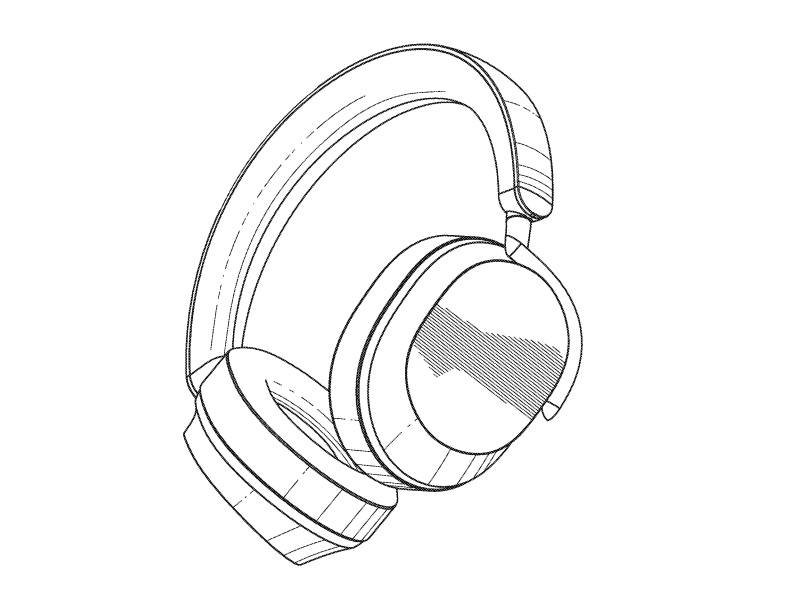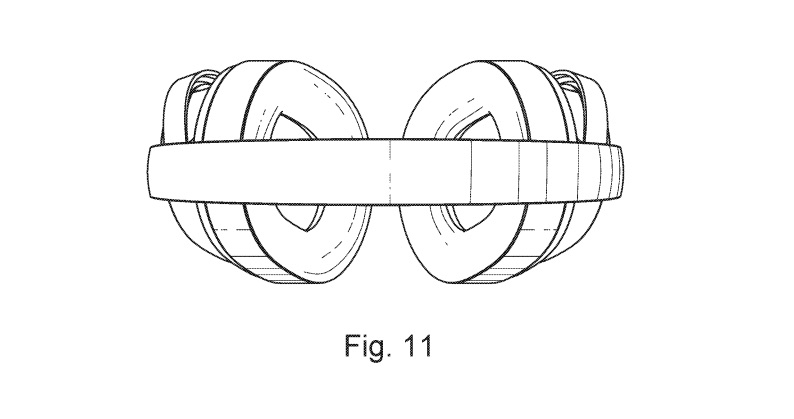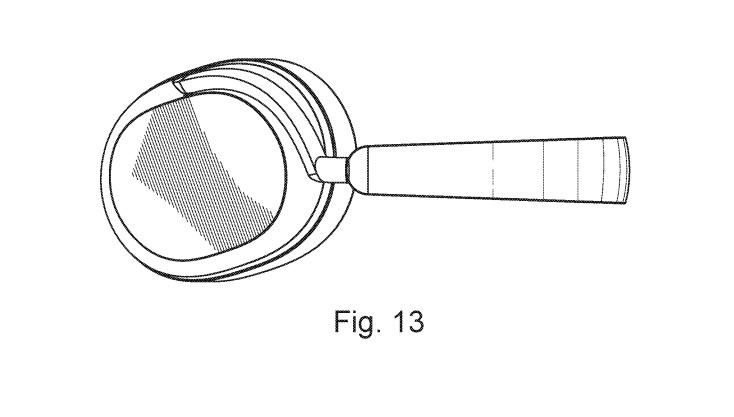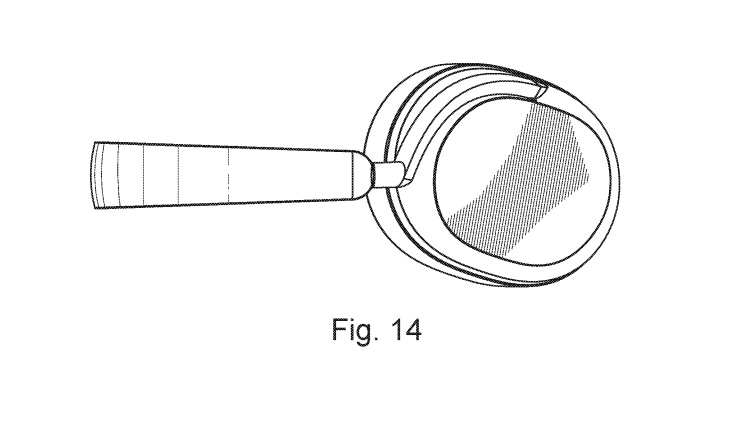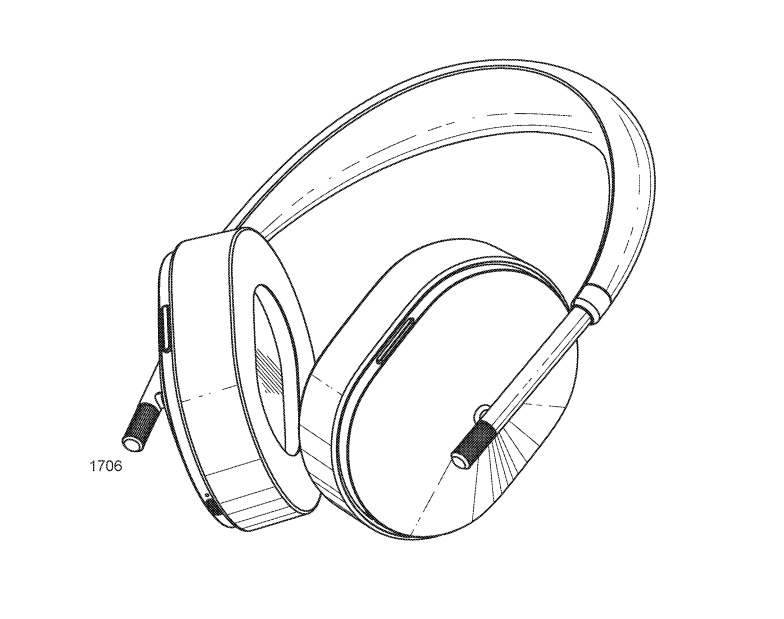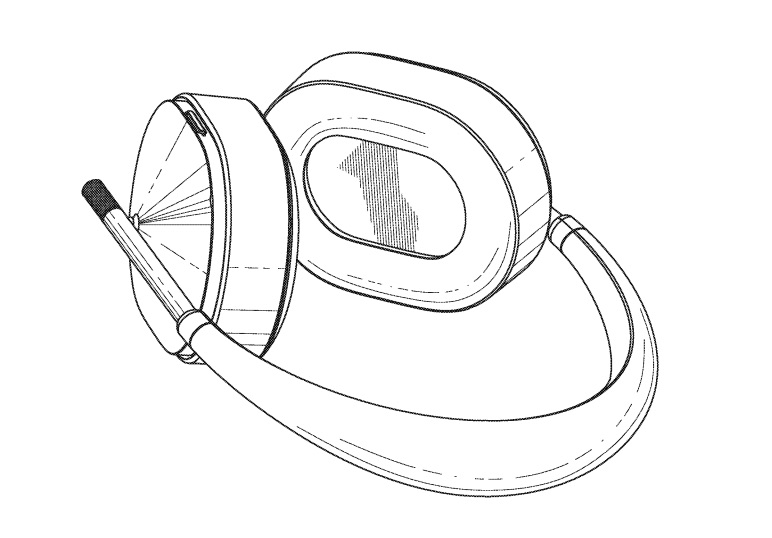We’ve been eagerly awaiting more details on Sonos’ wireless headphone plans ever since Bloomberg let it be known in January 2019 that the multiroom audio company was actively developing them. Now, almost two years later, we have our first look at the designs thanks to a recently awarded patent from the United States Patent Office (USPO).
Buried within the 45-page patent document are drawings that illustrate two possible headphone designs — one that uses a single-sided earcup fork, similar to a Bowers and Wilkins PX7 or Microsoft Surface Headphones 2, and another that uses what appears to be a forkless approach that reminds us a lot of the Bose Noise Cancelling Headphones 700.
The patent also discusses several features, which provide a strong sense of how the new designs could work — keeping in mind that patents are merely possible outcomes, not guarantees of what a company will launch.

It’s clear that Sonos sees the headphones as being integral parts of a Sonos whole-home sound system. They’ll be able to operate over Bluetooth and Wi-Fi, just like the Sonos Move, and you’ll be able to stream audio to them from a smartphone, from another Sonos product that has built-in Apple AirPlay, like the Sonos Beam, or from a TV if it’s connected to a Sonos soundbar like the Arc.
But it will also — just like every other Sonos device — be able to access streaming services like Spotify and Apple Music directly, without the need for a constant connection to a smartphone or tablet. This part would require Wi-Fi, and would likely drain battery life faster than using Bluetooth. Curiously, the patent also makes room for the possibility that the headphones could have onboard storage for media files, something no other Sonos device currently offers.
Another feature the described headphones could offer is hands-free access to a voice assistant, using just a wake-word like “Alexa” or “Hey, Google.” Sonos already offers its customers the ability to use either Amazon or Google’s voice assistant in this way via its voice-enabled products, which now include the Arc, Beam, One, and Move. This would also require Wi-Fi unless the headphones were being used with a smartphone over Bluetooth.

Speaking of Bluetooth, we’ve long wondered if a set of Sonos wireless headphones would work both inside and outside the home. That sounds like a dumb question, but the reason for the doubt is well-founded. The Sonos app, which controls the entire Sonos experience at home, does not let you control the Sonos Move when outside the home.
In those scenarios, the Move is no different than any other Bluetooth speaker, which means you must choose another app, like Apple Music or Spotify or Tidal, to control content and playback.
But the patented Sonos headphone design does include a way of transferring playback sessions from the headphones to other Sonos devices and back again. This might be used to continue listening sessions that occur outside the home once you get back inside or vice versa, as Protocol points out.
In many respects, these headphones will work just like other top-tier wireless headphones like Sony’s WH-1000XM4. There will be a way to control play/pause, volume up/down, and track skip forward/back. These will likely be touch controls of some kind, but could also be physical buttons. The patent suggests there could also be plenty of sensors that detect everything from touch, to voice, to whether or not you’re wearing the headphones.
There are references to active noise cancellation (ANC) so clearly Sonos anticipates that folks will want this very popular feature on its headphones. One of the designs lets people control both volume and ANC through the use of physical knobs at the ends of the headband stems, similar to how Microsoft’s Surface Headphones 2 use a physical dial for ANC features.
The patent doesn’t include any pricing info or when (if ever) Sonos will launch its own wireless headphones. In January 2019, Bloomberg reported that they could cost $300. This would be on the low side of comparably equipped headphones from Bose, Beats, Sony, and Sennheiser, especially when you consider their unique compatibility with the Sonos ecosystem.
When Digital Trends asked Sonos to comment on the patent, we were provided with the following statement from the company: “As a company founded in innovation, we’re always working on different ideas and innovations that can help the world listen better. We continue to make investments in our strong patent portfolio with dozens of new patents each year. We do not have additional information to share at this time regarding our future product roadmap.”
In other words: No comment.
We’ll keep you posted as soon as we hear more about Sonos’ wireless headphones.
